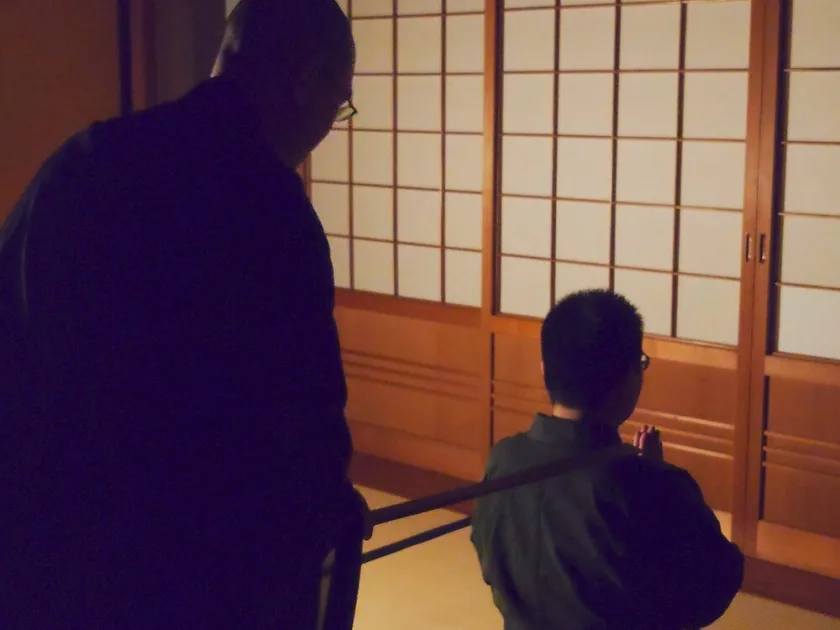During Zazen, Shoulder Tapping Isn’t Punishment: How to Learn Authentic Zen Experience in Shinjuku, Tokyo
During Zazen, Shoulder Tapping Isn’t Punishment: How to Learn Authentic Zen Experience in Shinjuku, Tokyo What is the Stick Used to Tap Practitioners’ Shoulders or Backs Called? For those unfamiliar with Zazen, the image of being struck with a wooden stick and experiencing pain might come to mind. Let’s clarify the use of “hitting with a stick” during Zazen. The stick used to tap the shoulders or back of practitioners is called “Kyosaku” in Japanese Zen Buddhism. It’s an abbreviation of “Keikakusakurei,” meaning “to awaken and encourage.” In the Soto Zen tradition, it’s called “Kyosaku,” while in the Rinzai Zen tradition, it’s called “Keisaku.” Originally, “Kyosaku” is a shortened form of two verbs: “Kyokaku” (to caution) and “Sakurei” (to encourage). “Keikaku” implies attention or warning, while “Sakurei” means encouragement. The purpose of using the “Kyosaku” is to awaken and encourage practitioners when they feel drowsy, have poor posture, or lack mental composure during Zazen. You Can Request to Receive the “Kyosaku” When feeling sleepy or restless, practitioners may request the use of the “Kyosaku,” or the person in charge (Jikido) may decide to administer it. If you wish to receive the “Kyosaku,” you should remain seated and make a

